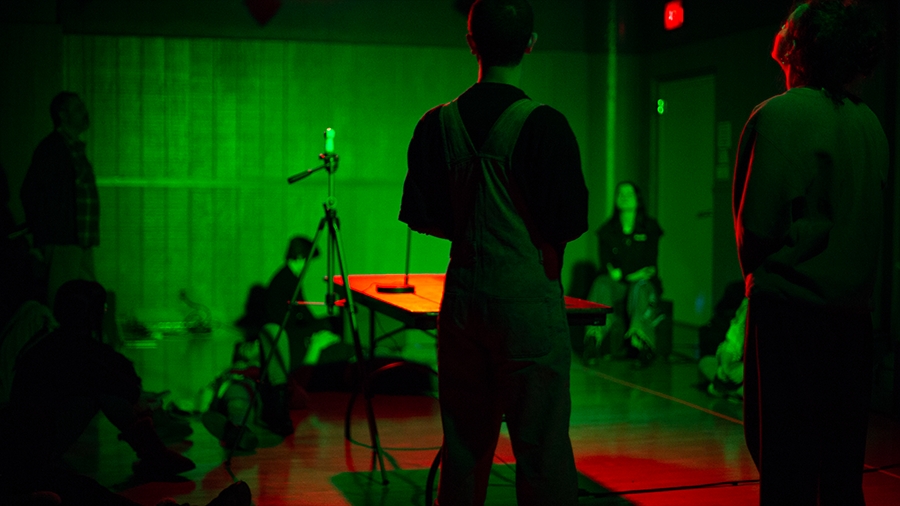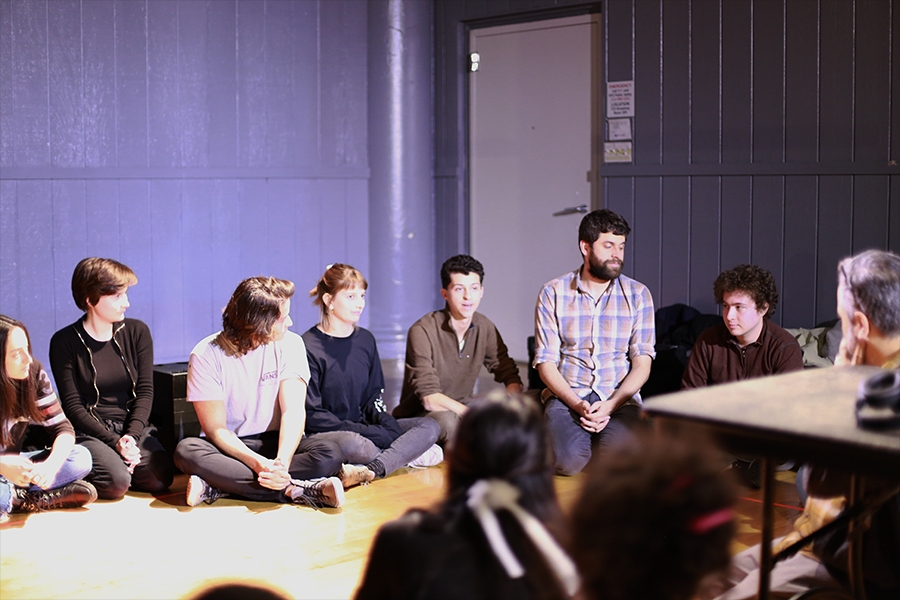This fall, Tisch Drama was proud to organize a second session of the Brendan Bradley Innovation Lab, a cross-department, collaborative initiative designed to foster innovation in live performance using digital media and technologies.
The project—made possible by a generous donation from alumnus Brendan Bradley ‘05—was held over the course of eight weeks at Tisch and in NYU’s Brooklyn-based MAGNET Center (Media and Games Network). In addition to fostering innovation, Bradley noted the lab itself is an innovative structure for learning, as a think tank established to introduce artists and thought-leaders across the University.
“In founding the lab, I hoped to disrupt the silos of a traditional BFA program that can be counterintuitive to a 21st-century approach to arts education,” he explained. “It’s crucial that students have early opportunities to develop the skills of collaboration and communication within their discipline.


